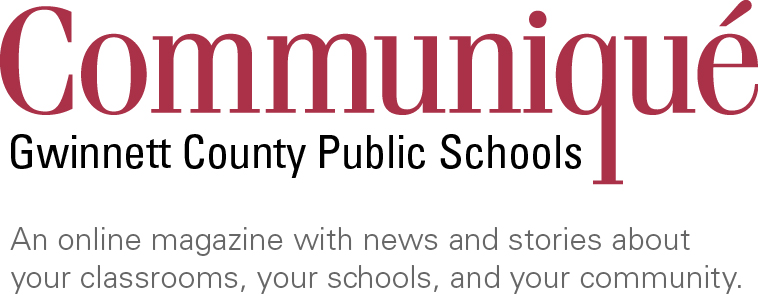About Digital Teaching and Learning
In the digital classroom, GCPS teachers will:
Engage— Norms, expectations, and routines— established and modeled by the teacher— give students a positive and consistent learning environment in the digital classroom and a path to a “regular” classroom when we are able to return to in-person learning.
Connect— Every day, students will have opportunities to hear and see their teacher, whether in a live session or a recorded lesson. These connections will support learning in the virtual setting and help forge ties for future face-to-face learning.
Practice— With a clear, consistent routine, students will benefit from both teacher-led instruction with a live feed (synchronous) and opportunities to use their learning to complete assignments independently (asynchronous).
Personalize— Small-group activities online will mirror learning opportunities in the physical classroom, increasing interaction with and between students and allowing for individualized feedback.
Plan— Digital tools will support teaching strategies for the Academic Knowledge and Skills (AKS) curriculum explored in each unit of study. In approaching online instruction, teachers will pivot from the strategies needed for in-person instruction to those that support digital teaching and learning. Ultimately, instruction will be designed to develop students’ learning experience and offer opportunities to demonstrate their understanding in an online setting by multiple methods.
Last spring, school districts around the country had to pivot from traditional classroom instruction to digital learning almost overnight. While Gwinnett County Public Schools (GCPS) had used Digital Learning Days (DLD) for the occasional inclement weather day, the two months of DLD were challenging for both families and staff members. However, lessons learned during the spring are helping to transform DLD into a “virtual school day” as GCPS students return to school digitally on Aug. 12.
Much like a more traditional school day, a virtual school day this fall will be more structured, allowing teachers and students— as a class, in small groups, and one-on-one— to interact as part of the learning process. Students will participate in digital instruction on a specific schedule for live lessons with their teachers (synchronous learning) and they will complete activities and assignments (asynchronous learning) on their own to meet assignment deadlines.
Teachers will provide schedules detailing which lessons will be done in synchronous sessions. And those synchronous sessions will be recorded, making them available to students who occasionally cannot attend a live session or need to review content. Student-teacher meet-ups will use the same kinds of technology that adults are using for virtual meetings, like Zoom, Google Meet, and Teams Meet.
“Our teachers will be finding ways to provide elements of the school day— from opening routines and circle time for young children to small-group reading sessions, turn-and-talks with a partner, and whole-class activities— in a virtual setting,” says Bonnie Brush, executive director for Curriculum and Instruction. Virtual “brain breaks” will give students down time to digest information. Students will have multiple avenues to provide feedback, ask questions, and interact with their teacher, individually or during class.
When it comes to activities and independent assignments, students typically will access their work through eCLASS C&I course pages, but teachers also may use digital resources such as Google Classroom and SAFARI Montage. That said, families should find it easier to navigate online assignments.
“One lesson we learned in the spring is the importance of consistency,” says Ms. Brush. “Teachers within a school and schools within a cluster will have standardized processes for where and how assignments are posted and accessed by students.”
In addition, the updated GCPS Parent Portal makes it easier for parents to see assignments in one place, including missing ones. The portal also gives parents access to student information, including gradebook data, discipline, report cards, transcripts, calendars, and more. A drop-down menu allows parents to toggle between multiple students in the family, and in-portal translation is available in multiple languages for users.
Gwinnett schools will provide specific information to support students and parents around digital learning processes and protocols, with additional student and parent support resources available in the Student Portal and on the Return to Learning Hub: Fall 2020 on the district web page.
The district has announced the intention to make a gradual return to in-person learning— staggered by grade level— for those families who selected this instructional method as their choice for the fall semester. Those who selected digital learning will continue their virtual school day through the end of 1st semester. The expectations for students participating in digital learning this fall will be the same as for those attending in-person classes in terms of attendance, grading, and accountability.

